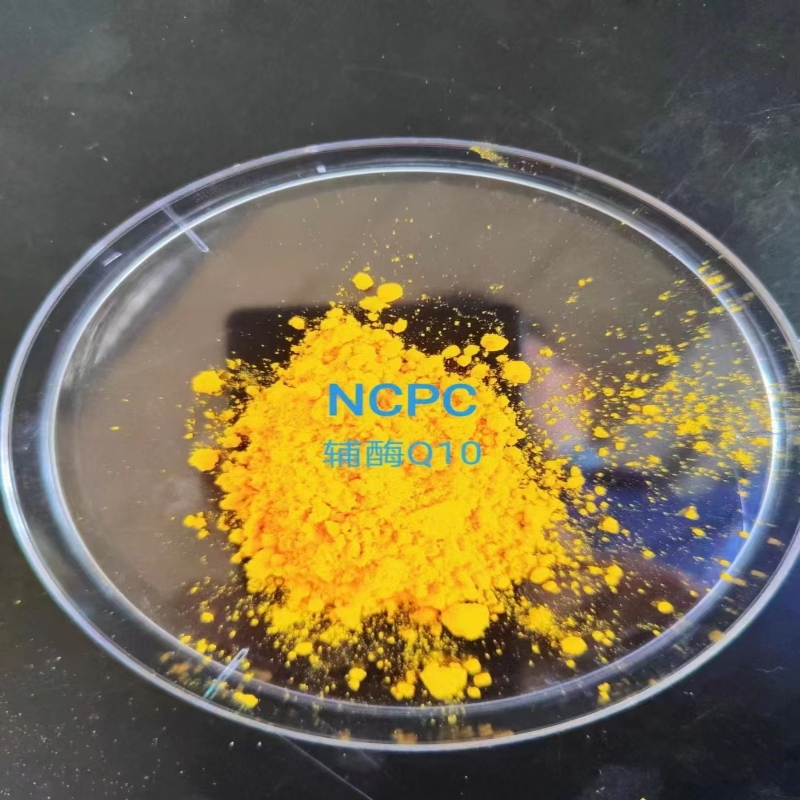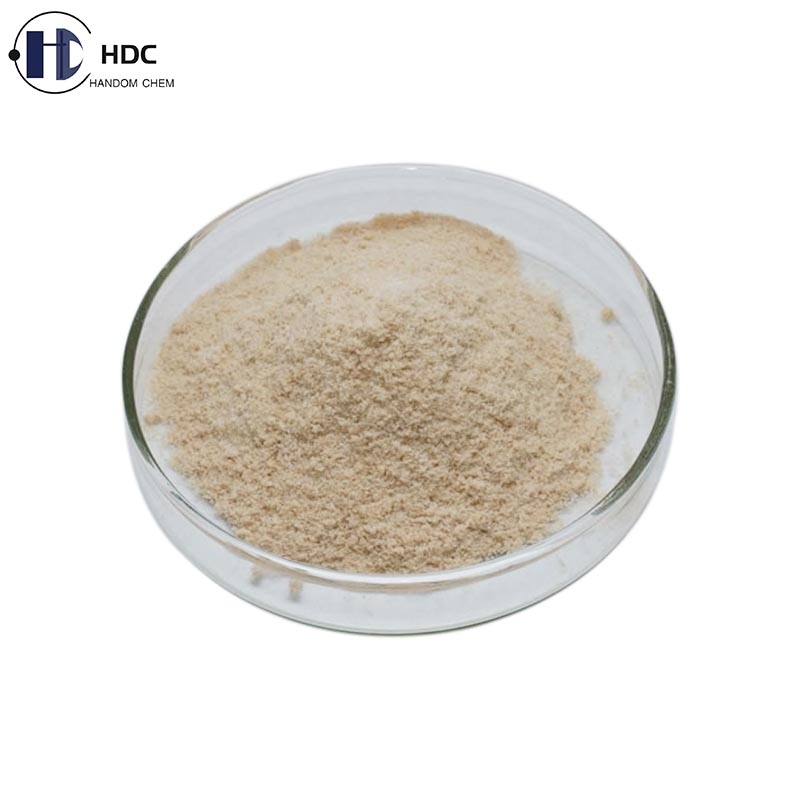Science: most people's opinions are not correct, revealing the real mechanism of methanogenic bacteria synthesizing methane
-
Last Update: 2016-05-22
-
Source: Internet
-
Author: User
Search more information of high quality chemicals, good prices and reliable suppliers, visit
www.echemi.com
May 22, 2016 / BIOON / - - two competing ideas on how bacteria make methane, the main component of natural gas According to a new study, researchers from the University of Michigan and other institutions found that contrary to previous studies, the dominant view involves the chemical reaction of methyl radical Understanding how bacteria produce methane may help scientists find ways to control pollution or make fuel The relevant research results were published in the May 20, 2016 issue of science, and the paper title was "the radial mechanism of biological metal synthesis by metallic coenzyme m reduce" "Methane is a greenhouse gas, and at the same time it's one of the major energy sources used around the world," said Stephen Ragsdale, a professor of Biochemistry at the University of Michigan, who wrote the paper A detailed understanding of the mechanism by which bacteria make methane may lead to major breakthroughs in the design of efficient catalytic processes to convert methane into other chemicals " Although other types of free radicals are common, such as hydrogen peroxide and ozone, this study shows that bacteria in nature use highly reactive methyl radicals to make methane differently "We were very surprised," said Simone raugei, a computational chemist in the Department of energy at the Pacific Northwest National Laboratory, a co-author of the paper We thought we had found evidence of other mechanisms " More than 90% of methane is produced by bacteria called methanogens Methanogens use a protein called methyl coenzyme M reductase to make methane Scientists know a lot about this enzyme It makes this combustible gas by adding a hydrogen atom to the methyl group A methyl group contains three hydrogen atoms bound to the same carbon atom, only one less than methane To produce methane, the enzyme takes the methyl group from an auxiliary molecule called methyl coenzyme M The function of coenzyme m is to insert methyl group into the proper site on the surface of the enzyme What makes this site just right is a perfectly located nickel atom, which is mainly responsible for transferring the last hydrogen atom However, in the past few decades, it has been controversial how the nickel atom can do this in a highly complex chemical reaction environment Different possible pathways produce different transient intermediate molecules, but for scientists, chemical reactions happen too fast to determine which one to choose The most supported reaction pathway by chemists involves the nickel atom in the enzyme directly attacking the methyl group, thus stealing it from coenzyme M The methyl nickel molecule is briefly present, and the methyl in the molecule then steals a hydrogen atom from the enzyme's working region, coenzyme B, to methane Many experiments support the idea that an intermediate molecule is produced: methyl nickel The second view, supported by only a few research teams, concerns methyl radicals Free radicals are unstable molecules that contain an unpaired electron The more common free radicals are hydrogen peroxide and ozone, which can cause a lot of damage by degrading the weaker chemical bonds in molecules It's this unpaired electron that causes the problem Chemical bonds between atoms usually involve two electrons This unpaired electron grabs electrons from other pairs in order to find another unpaired electron, which causes a lot of problems In the second view, the nickel atom binds to a sulfur atom of coenzyme m rather than a methyl atom This knocks out a methyl group, and the knocked out methyl group lacks an electron The resulting methyl radical takes a hydrogen atom from coenzyme B and generates methane In this new study, to find out which mechanism is right, researchers came up with a way to exclude one of them The first thing they have to do is slow down the response After the intermediate molecules are produced (the first step in making methane), they slow down the reaction 1000 times by slowing down the second step in making methane (that is, methane is produced by the intermediate molecules) This will allow the intermediate molecules to accumulate The researchers then used electron paramagnetic resonance spectroscopy (EPR) at the University of Michigan for biochemical analysis, allowing them to distinguish which intermediate molecule (i.e methyl nickel in the first view and methyl free radical in the first view) is produced If the reaction produces a methyl-nickel molecule, the methyl-nickel molecule will appear as a spike signal in their instrument If this method produces methyl radicals, the methyl radicals will still bind to the protein - in fact, the nickel bound coenzyme m - that binds to the protein, so it will not be recorded in the instrument No peak signal was found in the EPR spectrum of the reaction product, which means that the most likely intermediate molecule is methyl radical To confirm this, however, they went further with biochemical analysis, excluding other potential molecules They also carried out other biochemical tests, and confirmed that the main intermediate molecule structure is nickel binding coenzyme M: if this reaction takes the intermediate path of methyl radical, then this is the expected result "The effects of free radicals on living materials (such as biomaterials) are devastating," raugei said But for methyl, one of the most unstable radicals, it's really surprising In 100% of the time it takes to make methane, the protein has to perform and control the reaction with extreme precision, placing methyl radicals specifically near just one atom - the hydrogen atom that binds to the sulfur atom of coenzyme B " In order to further verify these results, researchers use computational methods to model this method They focused on this methylcoenzyme M reductase "We found that the production of methyl radicals requires the least energy, which again gives this mechanism an edge," said bojana ginovska, a computational scientist at the northwestern Pacific National Laboratory, who co authored the paper In fact, it takes three times as much energy to produce another intermediate molecule (i.e., methyl nickel) as a methyl radical Modeling this reaction also allows researchers to look inside the methylcoenzyme M reductase Through experiments, they found that the reaction took place faster at higher temperatures and why: parts of the reductase that assisted the reaction brought the nickel atom closer to the methyl coenzyme m molecule Shorter distances allow the reaction to happen faster These results may help scientists learn how to control methanol synthesis in the laboratory or in bacteria and how to degrade methanol Raugei said that if they could design a bionic strategy to activate methanol, which means turning it into a more useful fuel, it would be a major breakthrough (Bio Valley bio Com) this article is the original compilation and collation of Bio Valley, welcome to reprint! Click for authorization For more information, please download Biovalley app The radical mechanism of biological methane synthesis by methyl-coenzyme M reductase doi: 10.1126/science.aaf0616 Thanyaporn Wongnate1, Dariusz Sliwa1,*, Bojana Ginovska2, Dayle Smith2,†, Matthew W Wolf3, Nicolai Lehnert3, Simone Raugei2, Stephen W Ragsdale Methyl-coenzyme M reductase, the rate-limiting enzyme in methanogenesis and anaerobic methane oxidation, is responsible for the biological production of more than 1 billion tons of methane per year The mechanism of methane synthesis is thought to involve either methyl-nickel(III) or methyl radical/Ni(II)-thiolate intermediates We employed transient kinetic, spectroscopic, and computational approaches to study the reaction between the active Ni(I) enzyme and substrates Consistent with the methyl radical–based mechanism, there was no evidence for a methyl-Ni(III) species; furthermore, magnetic circular dichroism spectroscopy identified the Ni(II)-thiolate intermediate Temperature-dependent transient kinetics also closely matched density functional theory predictions of the methyl radical mechanism Identifying the key intermediate in methanogenesis provides fundamental insights to develop better catalysts for producing and activating an important fuel and potent greenhouse gas Methane—make it or break it doi: 10.1126/science.aaf7700 Thomas J Lawton, Amy C Rosenzweig About 500 to 600 million metric tons of methane, a potent greenhouse gas, are emitted annually worldwide; ~69% of this methane is produced biologically by anaerobic archaea known as methanogens (1) In some environments, methane emissions are partly offset by anaerobic methane oxidizing archaea (ANME) and aerobic methanotrophic bacteria (1) In methanogens, the methyl-coenzyme M reductase (MCR) enzyme uses a nickel-containing cofactor (F430) to catalyze the final step of methane synthesis (see the figure, panels A and B) (2, 3) The MCR reaction is reversible, and MCR may also catalyze the first step of methane oxidation by ANME (2) The MCR catalytic cycle begins with F430 in the reduced Ni(I) form (4), but what happens next has been unclear On page 953 of this issue, Wongnate et al (5) report evidence for a Ni(II)-thiolate intermediate.
This article is an English version of an article which is originally in the Chinese language on echemi.com and is provided for information purposes only.
This website makes no representation or warranty of any kind, either expressed or implied, as to the accuracy, completeness ownership or reliability of
the article or any translations thereof. If you have any concerns or complaints relating to the article, please send an email, providing a detailed
description of the concern or complaint, to
service@echemi.com. A staff member will contact you within 5 working days. Once verified, infringing content
will be removed immediately.







